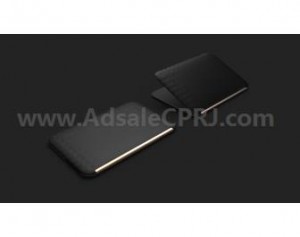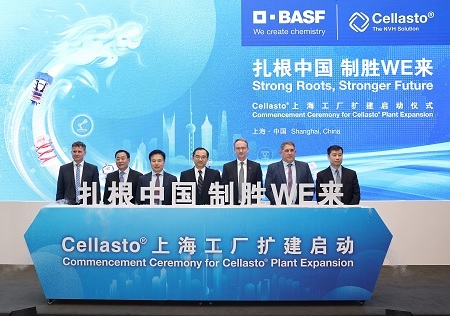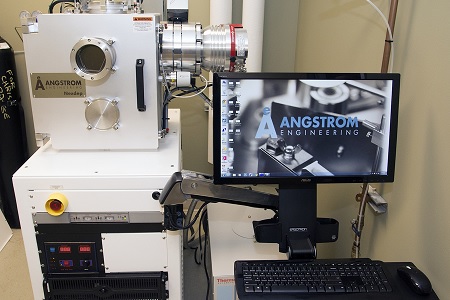Covestro is developing a new composite technology based on thermoplastics and carbon fibers for efficient manufacture of housings and other components for electronics devices.
Sheets and films are made using Covestro continuous fiber reinforced thermoplastic composite (CFRTP) solutions for further processing.
“They provide the best strength-to-weight ratio of all standard composites on the market and also outperform metals in this respect, which means they’re ideal for making parts for IT devices that are impressively robust despite their thin-walled, lightweight design,” said David Hartmann, who is heading the area of thermoplastic composites at Covestro, together with Dr. Michael Schmidt.

The composites are based on films of endless unidirectional carbon fibers (UD films). Several layers of these films are positioned one on top of the other, cut and then laminated. This produces extremely stiff and lightweight composite sheets with no distortion or shrinkage. The number, direction and sequence of layers can be optimized for the relevant application.
They also fulfill the high standard of Underwriters Laboratories’ UL94 V-0 flammability rating.
The external appearance of the sheet blanks is different from typical semi-finished plastic materials. They have an “organic” grain pattern, feel cool thanks to their superior thermal conductivity and sound like metals on impact.
Unlike small-series production with thermosetting plastics, Covestro CFRTP solutions enable flexible, cost-efficient mass production. The sheets are easy to transport without any cooling or special treatment. Further processing can be done with thermoforming, back molding, CNC milling or other processes.
Further design features can also be added at this point or at a later time. Unlike thermosetting plastics, the composites can be easily recycled at the end of their service life.
Covestro is confident its thermoplast-based composites have a good chance of enjoying future market success and is investing in their further development. Besides research and last year’s acquisition of a company specializing in composites, current activities are focusing on gradually establishing a global production network and an expanded product portfolio.
“We’re also working with machine manufacturers and carbon fiber suppliers to press ahead with the rollout of this technology,” said Dr. Schmidt.
The composites give product designers a high degree of design freedom. Different combinations of resin and fibers can be used to create specific visual effects and textures – in the mold or using sandblasting, CNC milling or laser cutting, for example. Coating and various printing/embossing processes open up further possibilities.
Openings and functions can also be integrated into the components themselves. It is possible to vary the wall thickness or to incorporate windows that allow RF (radiofrequency) radiation to pass through them.
Source : China Plastic & Rubber Journal














